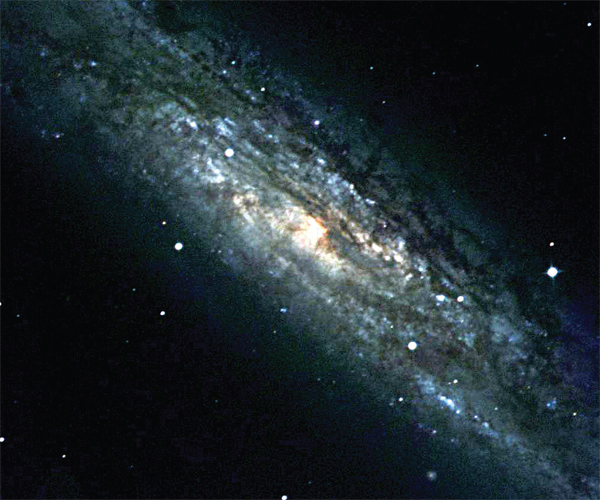
NGC253 is a stunning spiral galaxy in the constellation of Sculptor. It is also known as a starburst galaxy which means it is going through an intense period of star formation. (Image taken by The Kingsley School)

NGC253 is a stunning spiral galaxy in the constellation of Sculptor. It is also known as a starburst galaxy which means it is going through an intense period of star formation. (Image taken by The Kingsley School)
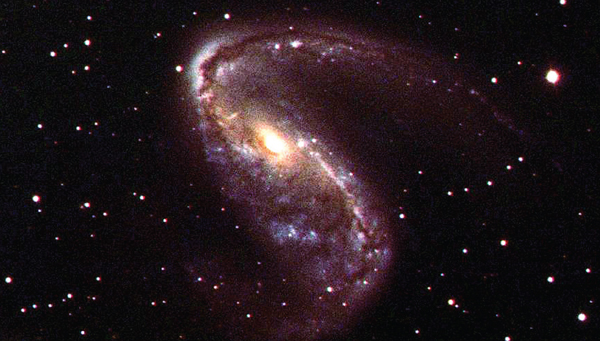
NGC2442 is a spiral galaxy 50 million light years away in the constellation of Volans, discovered by Sir John Herschel in 1834. (Image taken by Mark Thompson)

M22 was one of the first globular clusters to be discovered in 1665 and lies just under 11,000 light years away from us. (Image taken by Moreton Hall School)
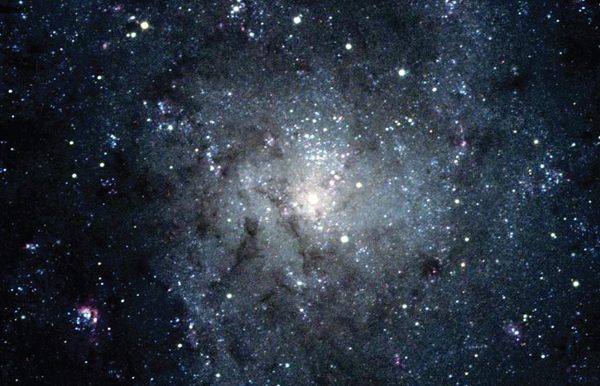
M33 is a spiral galaxy that lies about 3 million light years away from us. Some keen-eyed observers report being able to see it with the naked eye, making it one of the most distant objects visible without a telescope. (Image taken by Shoeburyness High School)
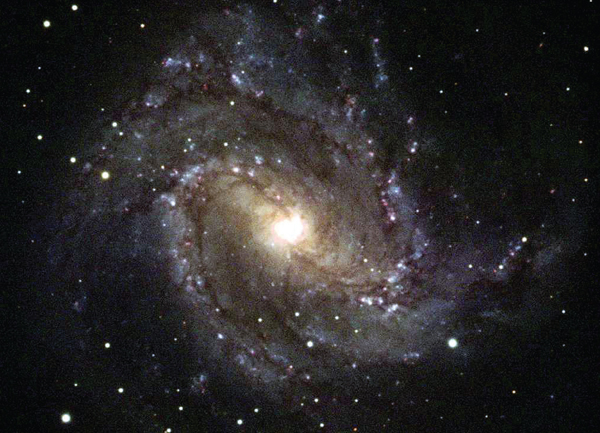
M83 is known by its other name, the Southern Pinwheel Galaxy. It is one of the closest and brightest barred spiral galaxies to us, making it ideal for amateur observation. (Image taken by Berlin International School)

M93 is a beautiful open cluster in the southern constellation Puppis and is thought to be around 100 million years old. (Image taken by Shoeburyness High School)
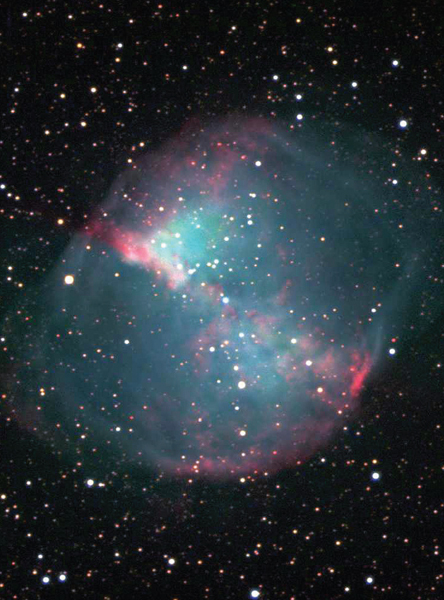
The Dumbbell Nebula is the remains of a lower mass star that came to the end of its life. This was the first and finest example of a planetary nebula discovered. (Image taken by Loughborough Grammar School)
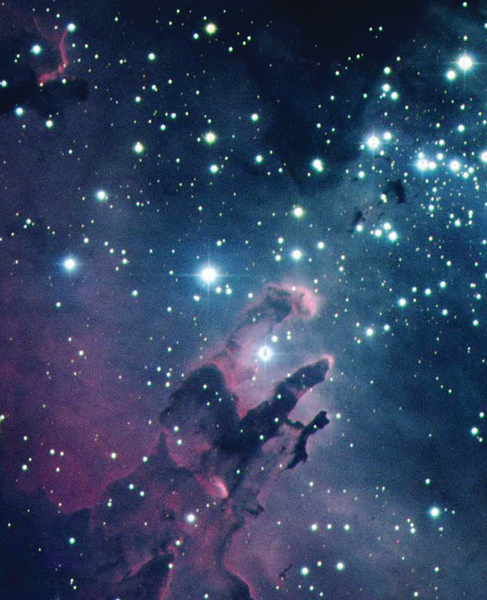
The Eagle Nebula is visible to us because of the hot young stars it has produced. As energy pours out of them they sculpt the shape of the nebula, which is said to resemble an eagle. (Image taken by Czacki High School)
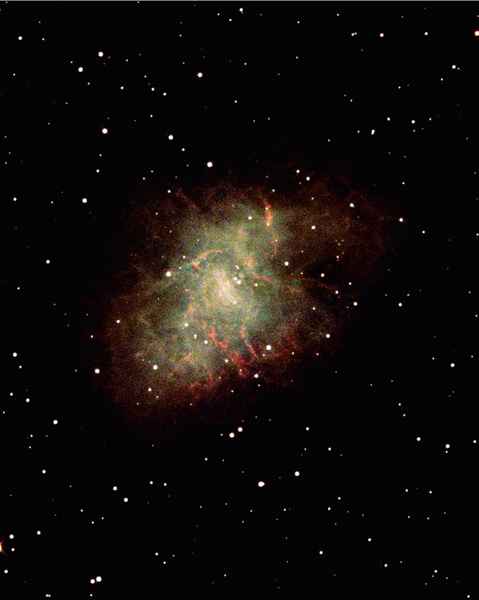
The Crab Nebula is the remains of an exploded star that was seen in 1054 by Japanese, Chinese and Arabian astronomers. (Image taken by the Hereford Cathedral School)
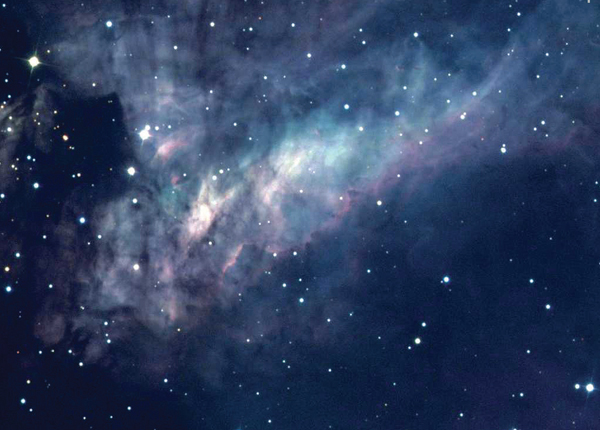
The Omega Nebula is also known as the Swan Nebula because some of the glowing gas clouds resemble a swan on the river. It was discovered by Philippe Loys de Chéseaux in 1745. (Image taken by Newchurch Community Primary School)
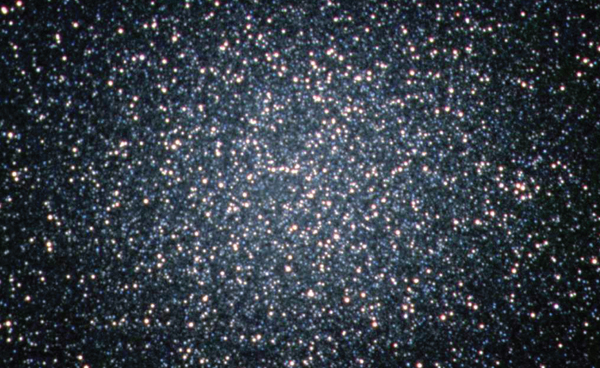
Omega Centauri is the finest example of a globular cluster in the northern and southern skies. Visible to the naked eye, the cluster is one of the few of its kind that can be seen without optical aid. (Image taken by Queen Mary College)
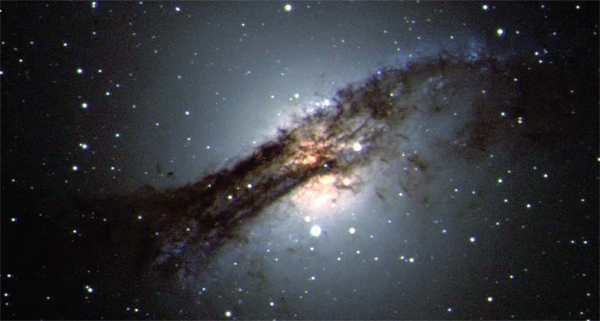
Centaurus A was formed when two galaxies collided leaving the new galaxy in turmoil. At 11 million light years away, it is the closest active galaxy to us. (Image taken by Portsmouth Grammar School)
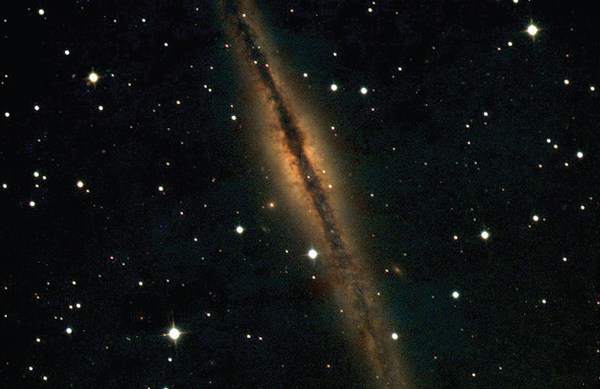
NGC891 is a beautiful example of an edge on spiral galaxy found in the constellation Andromeda. The dust in the galactic disk can be clearly seen. (Image taken by Kenton Primary School)